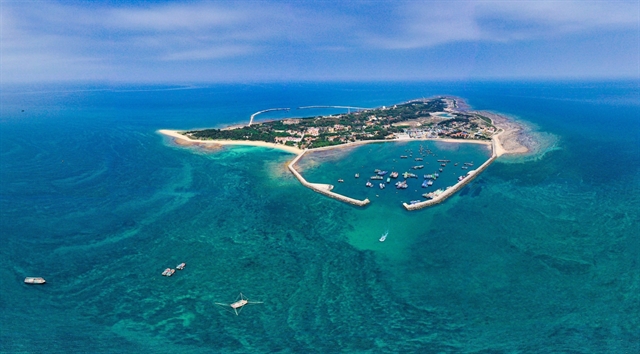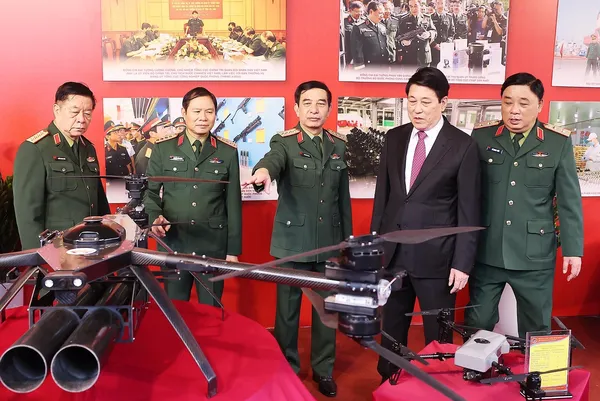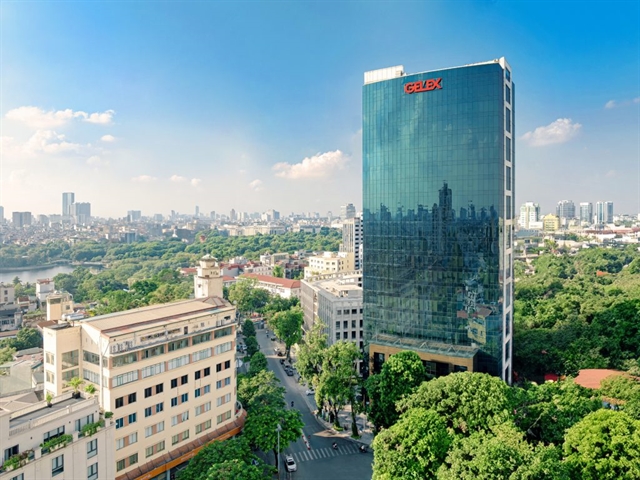 Society
Society

 |
| A view of Bạch Long Vỹ Island in Hải Phòng City. — VNA/VNS Photo Nguyễn Đức Nghĩa |
HÀ NỘI — The northern city of Hải Phòng is set to become a dynamic hub and a leading urban centre in Việt Nam's industrialisation and modernisation efforts.
This is a primary goal of the city's master plan, which extends to 2040 and envisions development up to 2050. Deputy Prime Minister Trần Hồng Hà has endorsed the plan.
Spanning over 1,500 square kilometres, Hải Phòng aims to establish itself as a city with advanced, intelligent, and sustainable industrial and transport infrastructure. The plan focuses on enhancing connectivity to both domestic and international markets through road, rail, maritime, air, and inland waterways.
As a vital centre for logistics and tourism services, Hải Phòng also aspires to become an international hub for education, training, research, science, technology development, and the maritime economy. The city's development will follow a multi-centre model, incorporating satellite cities.
Priority will be given to port services, canal enhancements, tourism and entertainment space management, and the preservation of mangrove ecosystems. Additionally, Hải Phòng plans to construct smart management centres in new urban zones and digital application centres. A new information technology area is also proposed for the Nam Đình Vũ, Kiến Thụy, and Tiên Lãng districts.
The plan for Hải Phòng includes building and enhancing the capacity of high-speed fibre optic networks in the city, with network centres established in all districts.
Digital technology research and application will be implemented in urban planning, urban infrastructure systems management and operation, public services, and other economic sectors.
Hải Phòng aims to adjust the boundary of the Đình Vũ-Cát Hải economic zone to create more land for industrial development and port services at Tràng Duệ 3 Industrial Zone, Lạch Huyện Port, Tam Hưng and Ngũ Lão communes, and Cái Tráp Island.
The city plans to construct a new national and international commercial and financial centre in Hải An and Dương Kinh districts. Additionally, new commercial service centres connected to airports will be developed in Cát Bi Ward and Tiên Lãng District.
As part of the master plan, Hải Phòng will establish a free trade zone within the Đình Vũ-Cát Hải economic zone. This will include trade, service, and duty-free shops, as well as wholesale markets for agricultural and aquatic products in Đồ Sơn, Thủy Nguyên, Vĩnh Bảo, and An Lão districts.
The logistics network in Hải Phòng will span approximately 2,200-2,500 hectares, featuring international and regional logistics centres in the Đình Vũ-Cát Hải area.
National high-tech agricultural zones and technology-applied agricultural zones will be established in Kiến Thụy, An Lão, Tiên Lãng, Vĩnh Bảo, and An Dương districts.
By 2030, Hải Phòng aims to have a tourism network capable of serving 30-35 million visitors, with this number increasing to around 35-40 million by 2040. The Đồ Sơn tourist service area will be developed into an international tourism centre offering sports, entertainment, cultural events, and sea festivals.
The city will also work towards transforming Cát Bà, Long Châu, and Bạch Long Vĩ areas into tourism hubs, while simultaneously preserving and protecting their ecosystems.
It is projected that by 2030, Hải Phòng's population will reach approximately 2.8-3.0 million people, with an urban population of around 2.0-2.2 million and an urbanisation rate of 74-76 per cent.
By 2040, these figures are expected to increase to roughly 3.9-4.7 million, 3.2-4.0 million, and 80-86 per cent, respectively. — VNS




